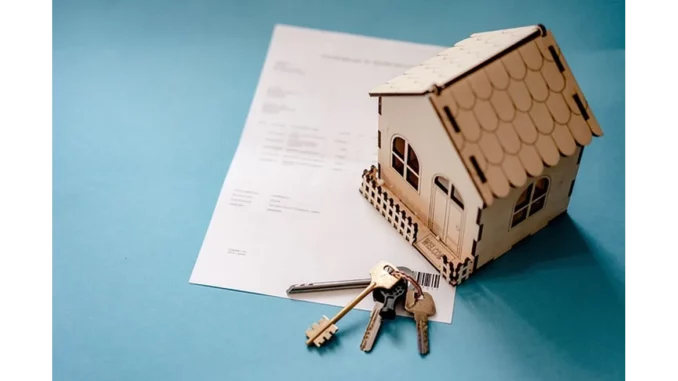
Unlocking the Mysteries of Improvement Value in Commercial Real Estate
Exploring the world of commercial real estate invariably brings one face-to-face with the term “improvement value.” This crucial concept is pivotal in property assessment and taxation, yet it often baffles property owners and investors alike. This article aims to demystify improvement value, its importance, and the methodology behind its calculation.
Defining Improvement Value
Improvement value represents the worth of all buildings, structures, and enhancements made to a parcel of land. It stands apart from land value, which denotes the intrinsic value of the land without any modifications. Typically, property assessments for tax purposes bifurcate the total assessed value into land value and improvement value.
Key Components of Improvement Value
- Buildings and Structures: This encompasses all permanent edifices on the property, including office buildings, warehouses, retail spaces, and other commercial establishments.
- Infrastructure: Enhancements such as roads, parking lots, sewer connections, and utilities integrated into the land.
- Other Enhancements: Includes landscaping, fencing, signage, and additional elements that augment the functionality or aesthetic appeal of the property.
The Significance of Improvement Value
- Tax Assessment: Improvement value is integral to property tax calculations. Local governments utilise the total assessed value, comprising both land and improvement values, to determine tax liabilities. Unlike land, which does not depreciate, improvement value can depreciate over time, influencing the overall tax burden.
- Depreciation: From an accounting perspective, the improvement value is depreciable over the useful life of the improvements. This depreciation allows property owners to lower their taxable income by deducting a portion of the improvement value annually.
- Investment Decisions: A comprehensive understanding of improvement value aids investors in making prudent decisions regarding the acquisition, renovation, or sale of commercial properties. It offers insights into the potential return on investment and the property’s overall worth.
Calculating Improvement Value
The calculation of improvement value involves several meticulous steps:
- Determine the Total Purchase Price: This is the comprehensive price paid for the property, inclusive of both land and improvements.
- Assess the Land Value: The land value is appraised independently, often based on comparable land sales in the vicinity or through evaluations by local authorities.
- Subtract the Land Value from the Total Purchase Price: The residual amount signifies the improvement value. For instance, if a commercial property is acquired for £1 million and the land value is appraised at £200,000, the improvement value would be £800,000.
Methods for Determining Improvement Value
- Property Tax Card: This document, provided by the local assessor’s office, details the assessed value of the property, including a breakdown of land and improvement values.
- Appraisals: Certified appraisers can conduct professional appraisals to provide an accurate estimate of the improvement value, considering current market conditions and the specific attributes of the property.
- Replacement Cost and Land Sale Comparisons: Replacement cost refers to the expense of rebuilding the improvements at current prices. Land sale comparisons involve analysing recent sales of similar land parcels to estimate the land value.
Impact of Improvement Value on Depreciation
Improvement value significantly influences depreciation calculations for tax purposes. Depreciation enables property owners to recoup the improvement costs over their useful life. A higher improvement value translates to a greater annual depreciation amount, thereby reducing taxable income.
For example, a property with an improvement value of £900,000 and a useful life of 39 years (the standard for commercial buildings) would yield an annual depreciation expense of approximately £23,077. This deduction can substantially mitigate the property owner’s tax liability.
Challenges and Considerations
- Variability by County: Improvement values can differ markedly by county due to varying assessment practices and local market conditions. Understanding the specific guidelines and methods employed by the local assessor’s office is crucial.
- Market Value vs. Assessed Value: The improvement value used for tax assessments may not always reflect the property’s current market value. Market conditions, demand, and other factors can influence the real value of the improvements.
- Accuracy of Assessments: Property owners should routinely review their property tax assessments to ensure accuracy. Discrepancies or errors in the assessed improvement value can lead to incorrect tax liabilities.
Conclusion
Improvement value stands as a cornerstone concept in commercial real estate, impacting property taxation, depreciation, and investment strategies. By comprehending the intricacies of improvement value and its calculation, property owners and investors can make astute decisions and optimise their financial manoeuvres. Whether acquiring new properties, planning renovations, or managing tax obligations, a thorough grasp of improvement value is indispensable for success in the commercial real estate landscape.


Be the first to comment